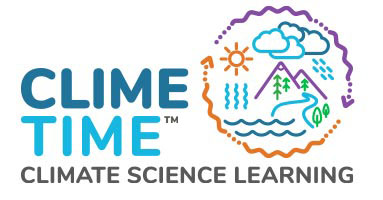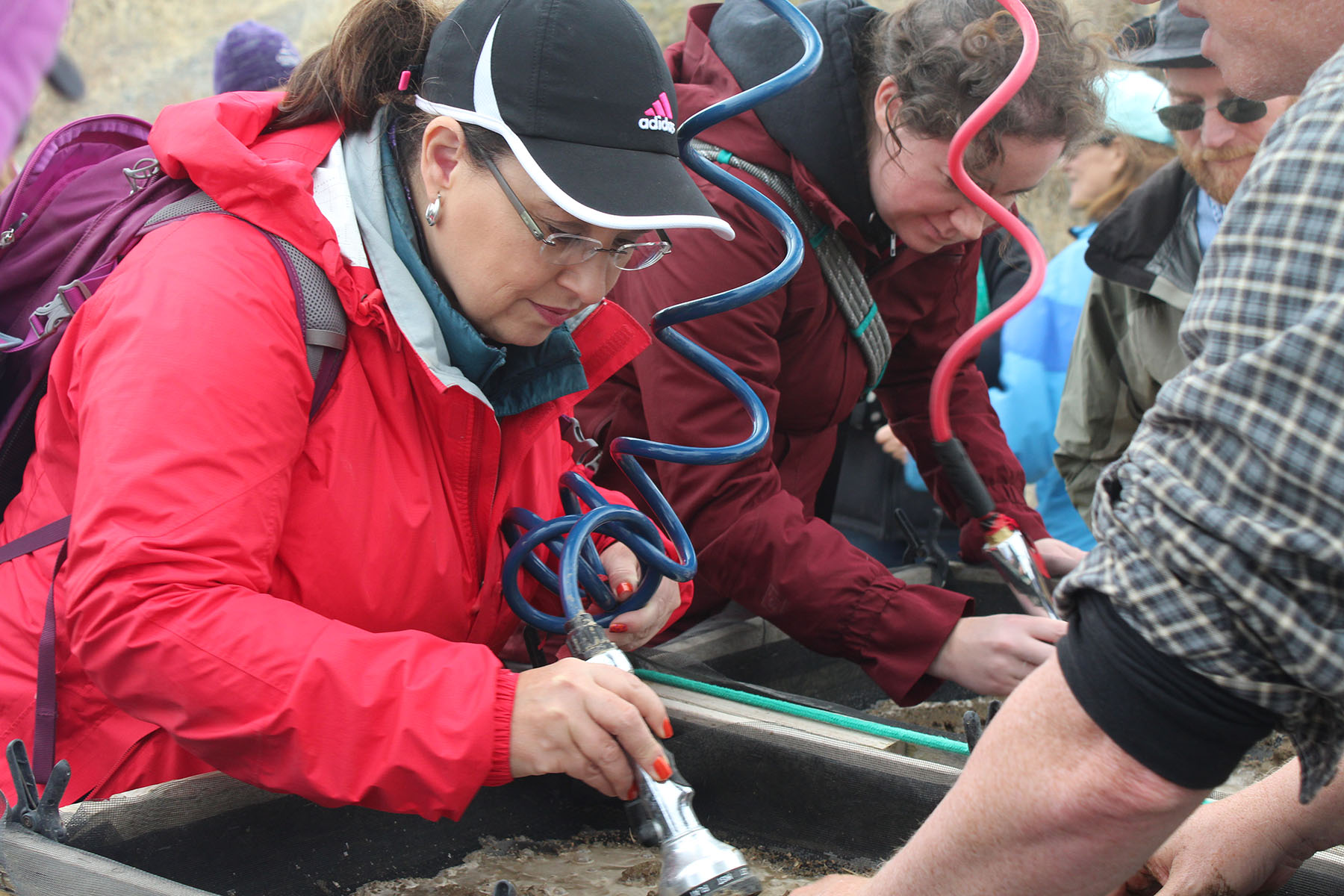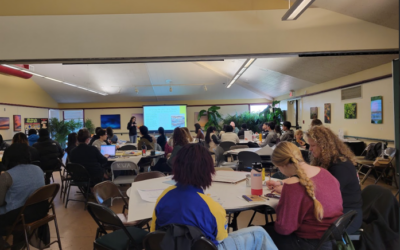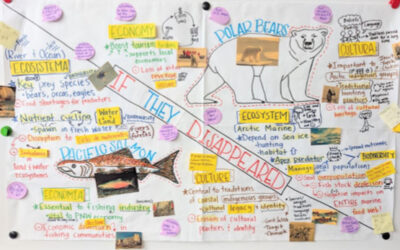Teachers in Southeast Washington have dug for artifacts, consulted with virtual reality engineers and climate scientists, and brainstormed solutions to climate change issues, all as part of a state-wide climate science education initiative. ESD 123 has partnered with other ESDs and Community Based Organizations (CBOs) across the state to provide innovative workshops for teachers and improve climate science education standards in Washington.
“In each case, the goal is to have teachers experience climate-based phenomena as a learner,” says Georgia Boatman, ESD 123 Regional Science Coordinator and SE LASER Alliance Director.
Elementary, middle, and high school teachers working with populations underserved by STEM have been recruited to join in exploring expressions of climate phenomena unique to our region as part of a cohesive state-wide network. Through partnerships with the MCBONES Research Foundation Center at the mammoth fossil site in Coyote Canyon, Pacific Northwest National Labs (PNNL), the REACH museum, and more, workshops have connected region-specific experiences to the climate education standards being developed across Washington.
Elementary Earth Systems and Changes
At the MCBONES Research Center, elementary teachers recruited from migrant education schools examined fossils from the Ice Age Floods which shaped the region as indicators of climate change and contrasted the vast thousand and million year cycles of climate change to recent cycles which span only generations. In one activity, teachers prepared one meter plots to dig for potential organism and geological artifacts and studied flood deposit layers in which mammoth bones were discovered.

Elementary teachers practice excavating one meter plots at MCBONES Mammoth site in Kennewick, WA to look for signs of organic life
Exploring Climate Science with Virtual Reality
In another workshop, high school teachers from alternative schools and schools identified as comprehensive or targeted schools are working with climate scientists and virtual reality scientists/engineers from PNNL to learn about climate change and help design a virtual reality climate simulation for use on Oculus Go devices. Teachers acted as consultants for PNNL scientists, giving feedback on how best to translate climate science education to the classroom and elicit student ideas.

High School Teachers using infrared thermometers to explore temperature phenomena
Teachers and informal educators have also explored relationships between climate and weather, recent wildfires in the shrub steppe, and the impact of raising water temperatures on salmon in the Columbia River, all with the goal of connecting those issues and ideas to student learning experiences. In June, middle school teachers from Yakima Nations and Yakima Valley/Tri-Cities MESA will look further into climate related changes to local fish and surrounding habitats.
STEM-It MESA
In June, middle school teachers from Yakima Nations and Yakima Valley/Tri-Cities MESA will look further into climate related changes to local fish and surrounding habitats.
In addition to the success of these workshops in the ESD 123 region, Ms. Boatman is proud of the state-wide ESD and CBO network working with this initiative and climate science education.
“There have been great collaborations across the state, working toward educating teachers on what the phenomena are and how to help kids start thinking about this.”




